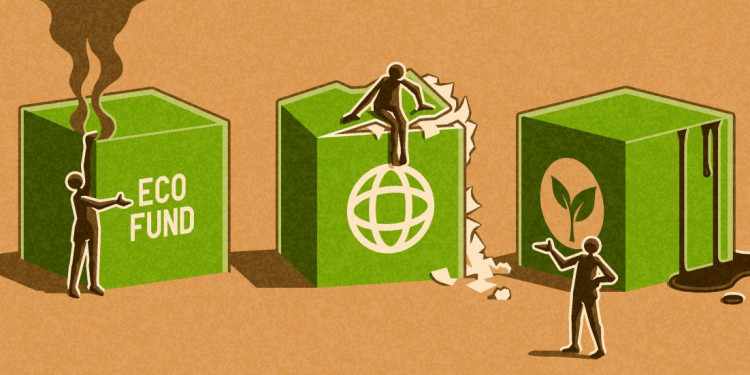
(First published in Economic Times Brand Equity)
Recently a former colleague and a popular podcast host asked me in a conversation that how much of what we do are really impactful and how much of that is playing to the gallery. And my response to that was most of the things done in the pretext of impact is all playing to the gallery.
In a world that is incredibly complex, everything is interconnected. Any change in one part could cause expected or unexpected impact in another part of the system. And our ability to comprehend is woefully limited. Like Einstein once said, “The eternal mystery of the world is its comprehensibility.” When perception is acknowledged as reality, it is difficult to know what the truth really is. Then it seems, all that matters is telling an appealing story.
Green NFTs are the latest holier than thou story. NFTs themselves are trying to find a place somewhere between fantasy and reality (NFT = Never Forget Tulips is one of the best I have heard). And now we have Green NFTs. Green NFTs, it seems, will fight climate change. It is just a little short of saying “let’s douse this fire with two barrels of crude oil.”
NFT minting apparently takes much energy. In contrast, Green NFTs take relatively lesser than that. Hence, it is a climate champion. And we all get goosebumps.
Energy science, like many other disciplines, is no child’s play. For the curious-minded lesser mortals like us, reading Vaclav Smil can be revealing. Smil, one of the most respected energy scientists, and considered to be one among top global thinkers has been studying and writing about energy for over five decades. His latest book, How the World Really Works – A Scientist’s Guide to Our Past, Present and Future, makes us question our naïve narratives on energy conservation and the world in general.
As the world population increased over the years, along with new discoveries, inventions and modern comforts, the need for energy multiplied many times. While between 1800 and 1900, the population moved from 1 bn to 1.6 bn, in the next 100 years, it became 6.1 bn. The use of fossil fuels increased by 1,500-fold in the last 220 years. During the last 400 years or so, the sources of energy also transitioned. From wood to coal to crude oil to renewables like solar/wind, we have tried to address our energy needs. Modern civilisation is built on 4 pillars—ammonia, steel, cement and plastic. For the world to move on, these needs to be continuously produced. Almost all the energy that is required to do this comes from fossil fuels. There is no non-conventional energy that can be produced at the scale that is needed to meet these demands. Even if there are efforts to decarbonise electricity generation, only 18% of global energy needs are met by electricity. Over 80% is still met by fossil fuels. And fossil fuels also continue to be the main source of even that electricity. Any decarbonisation efforts can only come at the cost of retreating from the material progress we have made. Without the energy that’s consumed by the food production, feeding 8 bn people would have been nearly impossible. In 2020, nearly 4 bn people could not have been alive without synthetic ammonia. As the book gets into more details of how much the world depends on steel, cement, and plastic and the energy needs for them, we realise how much less we know.
If switching to battery-operated vehicles is our simplistic version of going green, there is more to open our minds. “A typical lithium car battery weighing about 450 kgs contains about 100 kgs of lithium, nearly 14 kgs of cobalt, 27 kgs of nickel, more than 40 kgs of copper, 50 kgs of graphite, 181 kgs of steel, aluminium and plastics. Supplying these materials for a single vehicle requires processing 40 tons of ores and given the percentage of concentration of many elements in their ores, it requires extracting and processing 225 tons of raw materials.” You get the gist.
This is not to question the future of NFT. Like the post-2000 dot com bust led to the emergence of a robust internet economy and mature models, NFTs (after it passes the Tulip phase) might find some meaningful use case. And human ingenuity will find solutions for our ever-growing energy needs and the dependence on fossil fuels.
This is just pausing and thinking how most of our common narratives are devoid of any deeper understanding of facts and how easily we can be swayed by them. To put in Daniel Kahneman’s words, “Our comforting conviction the world makes sense rests on a secure foundation – our almost unlimited ability to ignore our ignorance.”